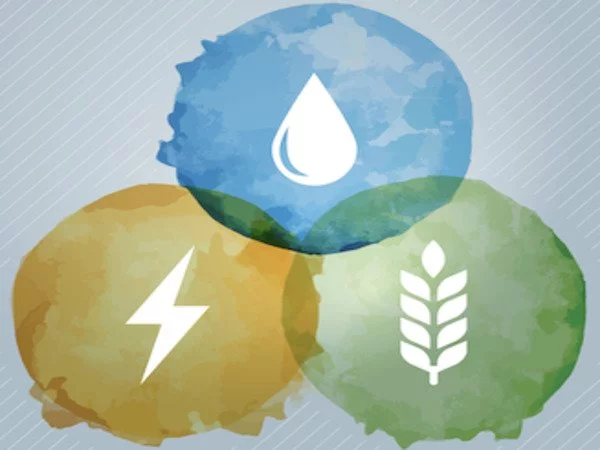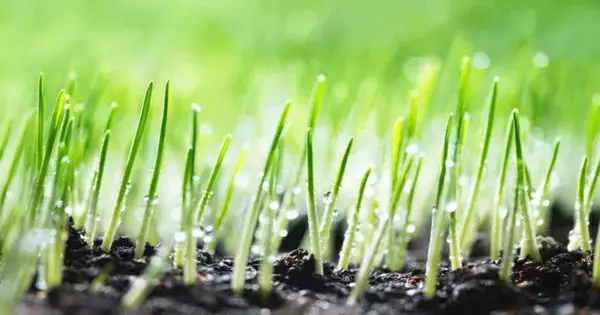In all OECD countries, technological change has been a major driving force in increasing agricultural productivity and promoting agricultural development. Historically, the goal of technology selection and adoption was to increase production, productivity, and farm income. Agriculture, trade, research and development, education, training, and advice policies have all had a significant impact on the choice of technology, the level of agricultural production, and farm practices over many decades.
According to environmental engineering researchers at Drexel University, wastewater draining from massive pools of sewage sludge has the potential to play a role in more sustainable agriculture. A new study suggests that removing ammonia from wastewater and converting it into fertilizer is not only technically feasible, but could also help to reduce the environmental and energy footprint of fertilizer production and could even provide a revenue stream for utilities and water treatment facilities.
A Sustainable Nitrogen Source
Nitrogen production for fertilizer is an energy-intensive process that accounts for nearly 2% of global CO2 emissions. In recent years, researchers have looked into alternatives to the Haber-Bosch nitrogen production process, which has been the industry standard for more than a century. One promising option, recently raised by some water utility providers, is to extract nitrogen from waste ammonia extracted from water during treatment.
“Recovering nitrogen from wastewater would be a desirable alternative to the Haber-Bosch process because it creates a ‘circular nitrogen economy,'” said Patrick Gurian, Ph.D., a professor in the College of Engineering who contributed to the study, which was recently published in the journal Science of the Total Environment. “This means that we are reusing existing nitrogen rather than expending energy and emitting greenhouse gases to harvest nitrogen from the atmosphere, which is a more sustainable practice for agriculture and could become a revenue source for utilities.”
Our analysis identifies a significant potential for environmental mitigation and economic benefit from implementing air-stripping technology at wastewater treatment plants for producing ammonia sulfate fertilizer.
Patrick Gurian
A Cleaner Way to Clean
Municipal water treatment facilities have been challenged by the Clean Water Act of 1972 to meet water quality standards for water discharged into waterways. Ammonia is increasingly seen as a problem for aquatic environments, as high levels of ammonia can cause an overgrowth of vegetation in streams and rivers, endangering fish species. Ammonia removal methods are generally time and space-consuming, as well as energy intensive.
A process known as air stripping is being investigated by several facilities in North America and Europe. It removes ammonia by raising the temperature and pH of the water sufficiently to convert the chemical into a gas, which can then be collected as ammonium sulfate in concentrated form. But deciding on making the investment to convert to air stripping requires a complex study – called a lifecycle analysis – of its technological and financial viability.

Exploring the Option
The team, led by Gurian and Sabrina Spatari, Ph.D., from Technion Israel Institute of Technology, regularly performs these analyses to take stock of the full environmental and economic impact of various options for recycling and reuse of waste or side-stream products as sustainable solutions. Their analysis of this wastewater scenario suggests there is a complementary relationship that could result in a more sustainable path for both farmers and water management authorities.
“Our analysis identifies a significant potential for environmental mitigation and economic benefit from implementing air-stripping technology at wastewater treatment plants for producing ammonia sulfate fertilizer,” they wrote. “In addition to ammonia sulfate production as a marketable product, the benefit of reducing the ammonia load in the side-stream before it is recycled into the wastewater stream at the wastewater treatment plant provides an additional justification for adopting air-stripping.”
The team conducted its lifecycle assessment and economic feasibility studies using data from Philadelphia’s water treatment facility as well as several others in North America and Europe. They considered factors such as the cost of installing and maintaining an air-stripping system, the concentration of ammonia and the flow rate of the wastewater, the sources of energy used to power the collection and conversion process, and the production, transportation, and market price of fertilizer chemicals.
Promising Results
According to the life-cycle analysis, air-stripping emits five to ten times less greenhouse gas and uses five to fifteen times less energy than the Haber-Bosch nitrogen-producing process. Economically, the overall cost of producing fertilizer chemicals from wastewater is low enough that the producer could sell them at a price more than 12 times lower than Haber-Bosch-produced chemicals and still make a profit.
“Our study suggests that recovering ammonia can be cost-effective even at low concentration,” they write. “Although high ammonia concentration is environmentally favorable, and can simultaneously support marginal production of ammonium sulfate with lower environmental impact, particularly for life cycle energy, greenhouse gas emissions, and several human and ecosystem health indicators, compared to the Haber-Bosch production.”
Furthermore, the study suggests that water treatment facilities could save energy by air-stripping ammonia levels before the water reenters the waste treatment process. This is because it would reduce the amount of time and processing required to treat the water and would work well with softening processes that help to slow chemical deposition on treatment plant infrastructure.
While the team acknowledges that air-stripping would produce less fertilizer than the industrial Haber-Bosch process, the ability to collect and reuse any amount of resources helps to improve the sustainability of commercial agriculture and keeps them from becoming water pollutants.





